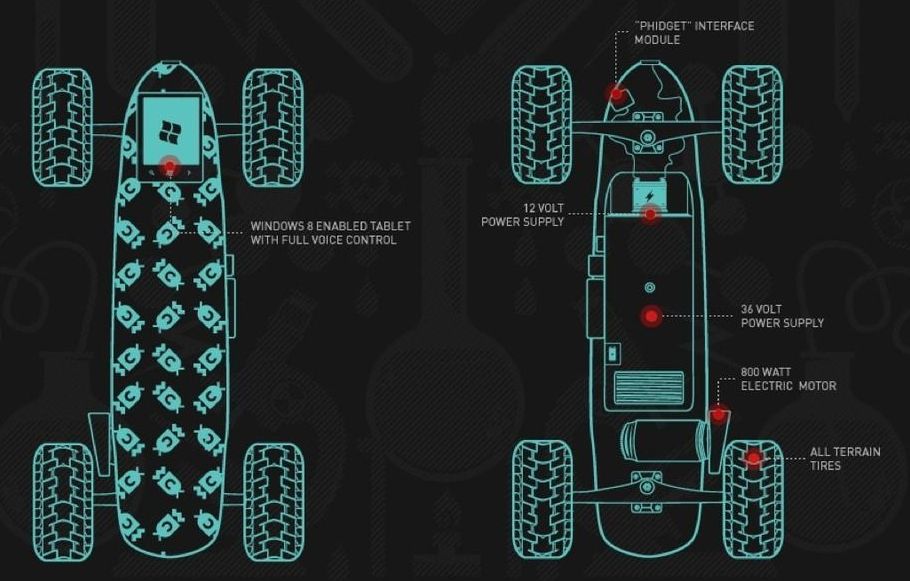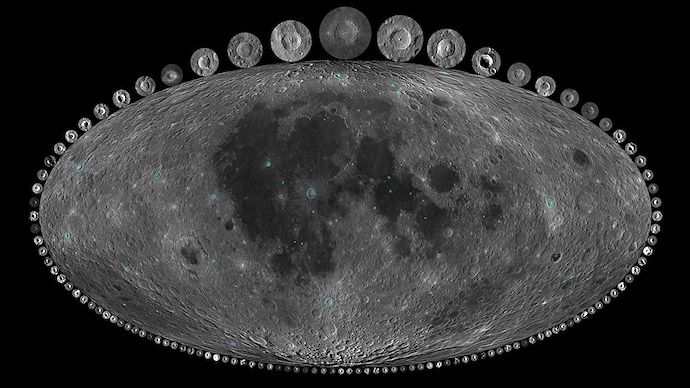This BBC Focus Special Edition reveals the science behind how to stay fit, live well and keep your brain sharp.



Oxfam’s director of campaigns and policy, Matthew Spencer, said: The massive fall in the number of people living in extreme poverty is one of the greatest achievements of the past quarter of a century but rising inequality is jeopardising further progress.
It said the widening gap was hindering the fight against poverty, adding that a wealth tax on the 1% would raise an estimated $418bn (£325bn) a year – enough to educate every child not in school and provide healthcare that would prevent 3 million deaths.

A Chinese scientist who created what he said were the world’s first “gene-edited” babies evaded oversight and broke ethical boundaries in a quest for fame and fortune, state media said on Monday, as his former university said he had been fired.
He Jiankui said in November that he used a gene-editing technology known as CRISPR-Cas9 to alter the embryonic genes of twin girls born that month, sparking an international outcry about the ethics and safety of such research.
Hundreds of Chinese and international scientists condemned He and said any application of gene editing on human embryos for reproductive purposes was unethical.

Researchers from the Netherlands Institute for Neuroscience (NIN) and the Leiden University Medical Center (LUMC) have shown that treatment using gene therapy leads to a faster recovery after nerve damage. By combining a surgical repair procedure with gene therapy, the survival of nerve cells and regeneration of nerve fibers over a long distance was stimulated for the first time. The discovery, published in the journal Brain, is an important step towards the development of a new treatment for people with nerve damage.
During birth or following a traffic accident, nerves in the neck can be torn out of the spinal cord. As a result, these patients lose their arm function, and are unable to perform daily activities such as drinking a cup of coffee. Currently, surgical repair is the only available treatment for patients suffering this kind of nerve damage. “After surgery, nerve fibers have to bridge many centimeters before reaching the muscles and nerve cells from which new fibers need to regenerate are lost in large numbers. Most regenerating nerve fiber do not reach the muscles. The recovery of arm function is therefore disappointing and incomplete,” explains researcher Ruben Eggers of the NIN.



With the dramatic demonetization of genome reading and editing over the past decade, and Big Pharma, startups, and the FDA starting to face aging as a disease, we are starting to turn those answers into practical ways to extend our healthspan.
Here, in Part 2 of a series of blogs on Longevity & Vitality, I explore how genome sequencing and editing, along with new classes of anti-aging drugs, are augmenting our biology to further extend our healthy lives.
In this blog I’ll cover two classes of emerging technologies:

Dinosaurs never stood a chance once asteroid impacts more than doubled some 290 million years ago.
By studying the Moon, an international team of scientists revealed that the number of asteroids crashing into Earth and its satellite increased by two to three times toward the end of the Paleozoic era.
Contrary to popular belief, most of the planet’s more primitive asteroid-produced craters were not erased by erosion and other geologic processes.
Would you try a fecal pill to treat your medical condition?

While I’m not a big supporter of cryptocurrency, I am a supporter of utilizing blockchain technology in other areas. For example. logistics. The Linux Foundation announced the creation of the Hyperledger Grid project just for that purpose. However, as they state, this isn’t a software project, but a platform project.
Supply chain is commonly cited as one of the most promising distributed ledger use-cases. Initiatives focused on building supply chain solutions will benefit from shared, reusable tools. Hyperledger Grid seeks to assemble these shared capabilities in order to accelerate the development of ledger-based solutions for all types of cross-industry supply chain scenarios.
Grid intends to: